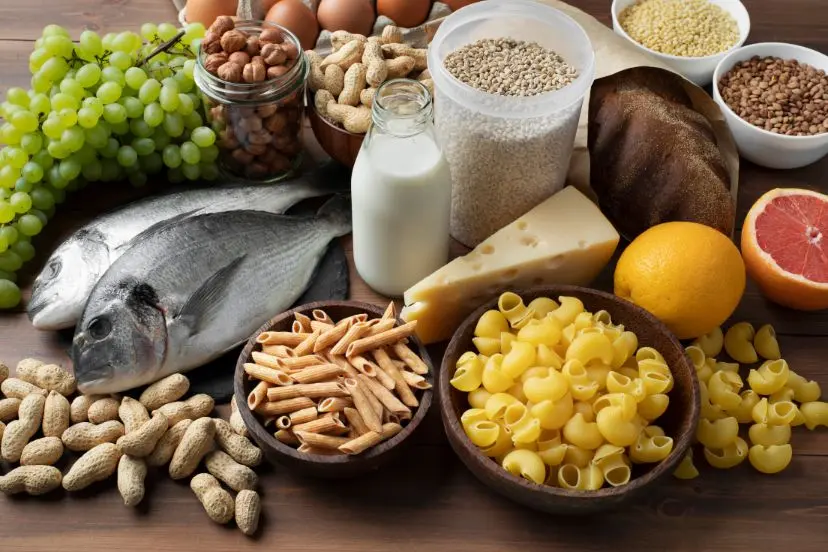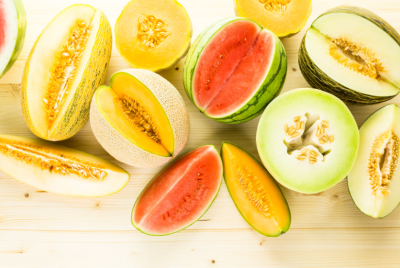Unmasking the Culprit: Dealing with Food Intolerance and Enjoying Your Meals
Introduction:
Ah, food! The delight that tantalizes our taste buds and brings joy to our hearts. But for some unfortunate souls,
eating can become a minefield of discomfort and distress. If you find yourself facing puzzling digestive problems
after a meal, you might be dealing with the sneaky culprit known as food intolerance.
Food intolerance is like the elusive chameleon of the digestive world. It often disguises itself as other conditions,
making it tricky to diagnose. In this article, we’ll embark on an exciting journey to uncover the mysteries of food
intolerance, explore its symptoms, common triggers, and discover effective ways to manage it without giving up on
delicious meals.
What is Food Intolerance? Unmasking the Impostor
Before we dive into the nitty-gritty details, let’s define what food intolerance actually means. Unlike food
allergies, which involve the immune system, food intolerance doesn’t provoke an immediate response from your body’s
defense system. Instead, it occurs when your digestive system struggles to break down certain foods or substances
present in them.
The Symptoms You Shouldn’t Ignore
Food intolerance can manifest in a myriad of ways, and its symptoms are often baffling. Keep an eye out for the
following telltale signs:
- Bloating and Gas: Feeling like a hot air balloon? Bloating and excessive gas are common signs of food
intolerance, often making you feel uncomfortable and self-conscious. - Abdominal Pain and Cramps: Ouch! Sharp abdominal pain and cramps can put a damper on your day and lead
you on a wild goose chase for the cause. - Diarrhea or Constipation: Your bathroom habits might be off-kilter, swinging between urgent dashes and
stubborn delays. - Nausea and Vomiting: Your stomach might feel queasy, and sometimes, it may even lead to vomiting.
- Heartburn and Acid Reflux: The fiery sensation of heartburn can creep up your throat, leaving you reaching
for antacids. - Headaches or Migraines: Surprisingly, food intolerance can also trigger headaches and migraines, adding to
the confusion. - Skin Issues: Eczema, hives, or other skin problems may crop up as your body reacts to the offending foods.
Unraveling the Common Culprits
Food intolerance can be like a Sherlock Holmes mystery, with various suspects hiding in plain sight. Let’s expose some
of the usual suspects that trigger food intolerance:
- Lactose – The Lurking Dairy Menace
Ah, the creamy indulgence of dairy products! But for those with
lactose intolerance, the sweetness turns sour. Lactose, the sugar present in milk, can be a real troublemaker for
many. - Gluten – When Grains Get Grim
Gluten, found in wheat, barley, and rye, can be a menacing foe for
individuals with gluten sensitivity. It can lead to an array of digestive discomforts. - Fructose – The Fruit Fiasco
Fruits are supposed to be healthy, right? For some, the natural sugar
fructose can wreak havoc on digestion, leading to fructose intolerance. - Caffeine – Perk or Pain?
While that morning cup of coffee may be bliss for some, for others, the
caffeine content can trigger gut issues. - Histamine – The Inflammation Instigator
Histamine, a natural compound found in certain foods, can be a
problem for those with histamine intolerance, causing allergy-like symptoms. - Food Additives – The Sneaky Saboteurs
Preservatives, artificial sweeteners, and flavor enhancers can
be lurking in your favorite packaged foods, causing trouble for the sensitive ones.
Managing Food Intolerance: A Delicious Balancing Act
While the prospect of dealing with food intolerance might seem daunting, fear not! With some smart strategies, you can
still savor delightful meals without feeling miserable.
1. Read Labels Like a Detective
When shopping for groceries, channel your inner detective and read labels diligently. Be on the lookout for ingredients
that spell trouble for your digestive system.
2. Experiment with Alternative Ingredients
Who said you have to miss out on all the deliciousness? Explore alternative ingredients and cooking methods to create
tasty, intolerance-friendly dishes.
3. Seek Expert Guidance
A registered dietitian or nutritionist can be your trusted ally in navigating the complex world of food intolerance. Seek
their guidance for personalized advice.
4. Embrace Fermented Foods
Fermented foods like yogurt and kefir can be easier to digest for some individuals, thanks to their probiotic content.
5. Cook from Scratch
When you cook from scratch, you have complete control over the ingredients, making it easier to avoid problematic
substances.
6. Don’t Deprive Yourself Completely
While it’s essential to manage your diet, an occasional treat might be possible within your tolerance limits. Enjoy life’s
pleasures in moderation!
The FAQs Unraveled
FAQ 1: How is food intolerance different from food allergies?
Food intolerance involves difficulty digesting certain foods, leading to digestive symptoms. Food allergies, on the other
hand, trigger an immune system response and can be life-threatening.
FAQ 2: Can food intolerance develop suddenly?
Yes, food intolerance can sometimes appear out of the blue, leaving you surprised and puzzled.
FAQ 3: How can I pinpoint which foods I’m intolerant to?
Keeping a food diary and eliminating suspected foods one by one can help you identify the troublemakers.
FAQ 4: Are there any tests for diagnosing food intolerance?
Yes, certain tests like lactose intolerance tests and blood tests for gluten sensitivity can provide valuable insights.
FAQ 5: Can food intolerance be cured?
Unfortunately, there’s no cure for food intolerance, but managing your diet can effectively control the symptoms.
FAQ 6: Should I avoid all foods that trigger intolerance?
Not necessarily! With mild intolerance, small quantities might be tolerable. It’s essential to find your threshold.
Conclusion:
Unraveling the mysteries of food intolerance might seem like a puzzle, but armed with knowledge and awareness, you can
triumph over this elusive culprit. Remember, food intolerance is unique to each individual, so be patient with yourself as
you figure out what works best for your body.
As you embark on this journey, keep experimenting, stay curious, and embrace the delicious world of intolerance-friendly
cuisine. By taking charge of your diet and making informed choices, you can bid adieu to digestive woes and embrace a
happier, healthier you!
So, the next time you feel like your stomach is staging a rebellion after a meal, pause, take a deep breath, and ponder
if food intolerance might be playing its mischievous game. But fear not, for now, you possess the knowledge to decipher
the enigma and enjoy a tasteful life, one scrumptious bite at a time. Bon appétit!




